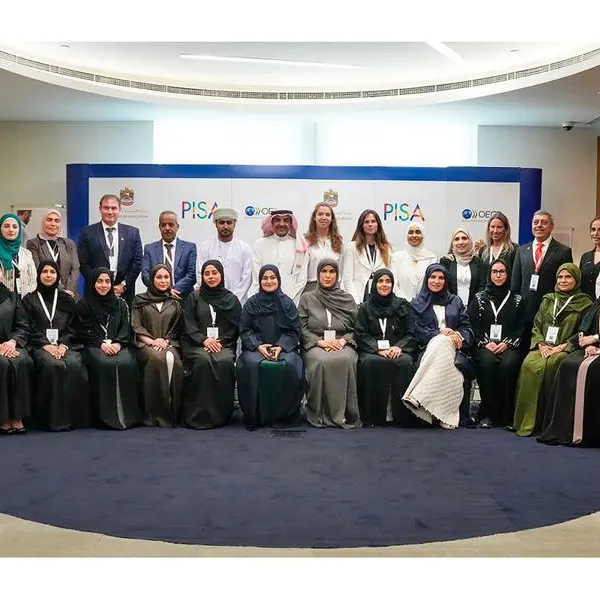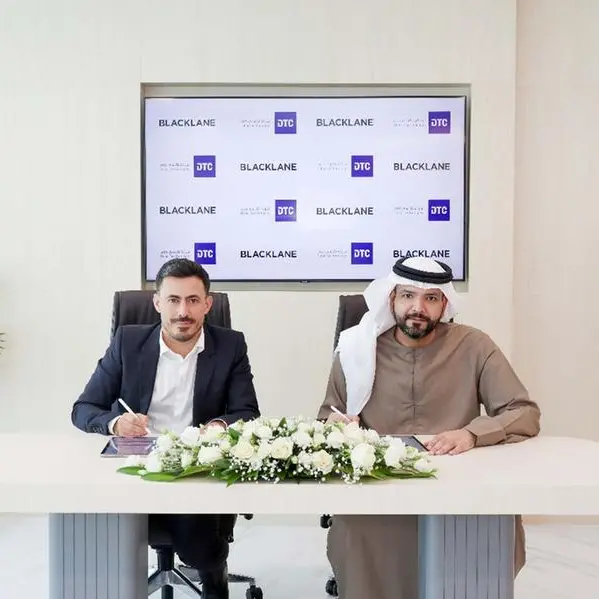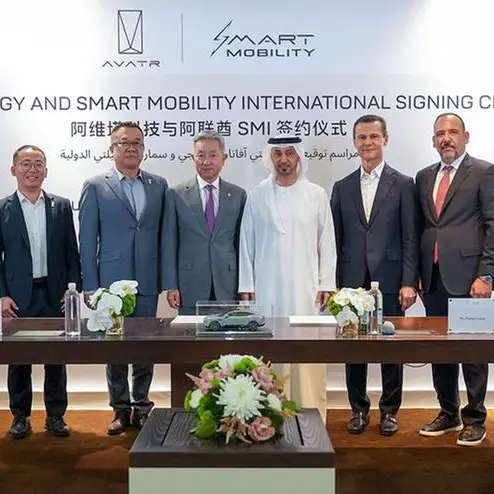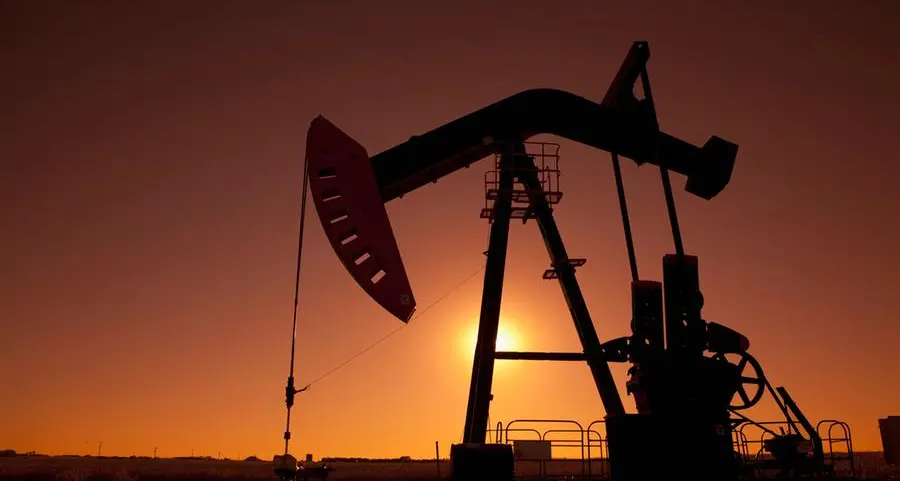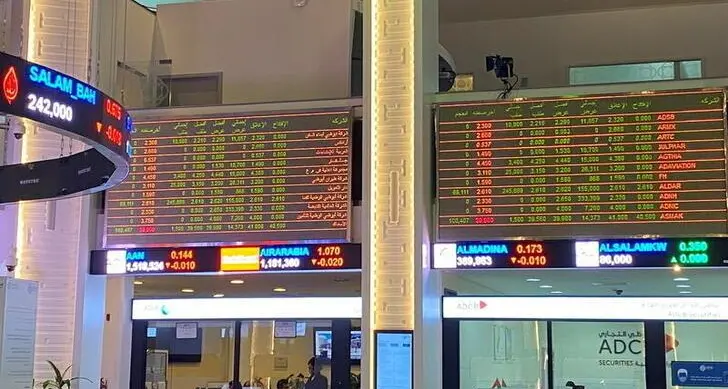- Rashid Rover is currently orbiting the Moon onboard the HAKUTO-R Mission 1 Lunar Lander
Dubai, United Arab Emirates: The Mohammed Bin Rashid Space Centre (MBRSC) announced today that the Rashid Rover, onboard the HAKUTO-R Mission 1 Lunar Lander, is scheduled to land on the Moon on 25 April 2023 at 8:40 PM (UAE time). The landing date is subject to change depending on operational conditions. The Rashid Rover is currently orbiting the Moon at an altitude of about 100 km at the perilune (periapsis) and about 2,300 km at the apolune (apoapsis). The points in the orbit that is closest to the centre of the moon are called perilune, and the farthest is known as apolune.
At around 7:40 PM on 25 April, the lander carrying Rashid Rover will perform multiple orbital control manoeuvrers to reach a 100 km circular orbit around the Moon before initiating the landing sequence. During the landing sequence, the lander will perform a braking burn, firing its main propulsion system to decelerate from orbit. Utilising a series of pre-set commands, the lander will adjust its altitude and reduce velocity to make a soft landing on the confirmed site of Atlas Crater in the Mare Frigoris.
The ELM team will complete close to a total 370 minutes of communication with the world’s most compact rover before landing, along with 12 mission rehearsals for surface operations. The mission rehearsal are crucial for the engineering team to be prepared and ready with their programmes for execution post the lunar landing and also enable the different teams on the subsystems to sync their operational work.
The next stage of navigation for HAKUTO-R Mission 1 lunar lander that holds the Rashid Rover includes the completion of all planned lunar orbital control manoeuvrers before the landing sequence as well as confirm that the lander is ready to start the landing sequence. In case of any changes in operational conditions, three alternative landing sites, with the next landing opportunities set for April 26, May 1, and May 3, have also been scheduled.
The Emirates Lunar Mission is funded by the ICT Fund of the Telecommunications and Digital Government Regulatory Authority (TDRA) which aims to support research and development in the ICT sector in the UAE.
For more information, visit - https://www.mbrsc.ae/service/emirates-lunar-mission/
-Ends-
For Media Queries:
MBRSC Media Team - mbrsc@quillmena.com
ABOUT MOHAMMED BIN RASHID SPACE CENTRE (MBSRC):
MBRSC is an advanced scientific and technological hub, responsible for making the UAE a world leader in space services and exploration.
Established in 2006, the Mohammad Bin Rashid Space Centre (MBRSC) started out with five engineers, who took it upon themselves to develop their capabilities and expand their knowledge in the field of space, relying on strong will and solid determination. Since then, the centre has continued its journey to be the incubator of the “UAE National Space Programme”. The MBRSC has undertaken the tasks of building, developing, and operating a number of Earth observation satellites, providing imaging services, analysing and studying them, as well as producing relevant data to scientific communities and research centres around the world. Among the satellites that the centre operates are DubaiSat-1 & DubaiSat-2. The MBRSC is also responsible for KhalifaSat, celebrated as the first satellite that was fully built by Emiratis in 2018. Recently, the centre revealed its plan to develop the new satellite MBZ-SAT, which is expected to be launched at the end of 2023 and to be the latest in the field of high-resolution imaging from outer space.


